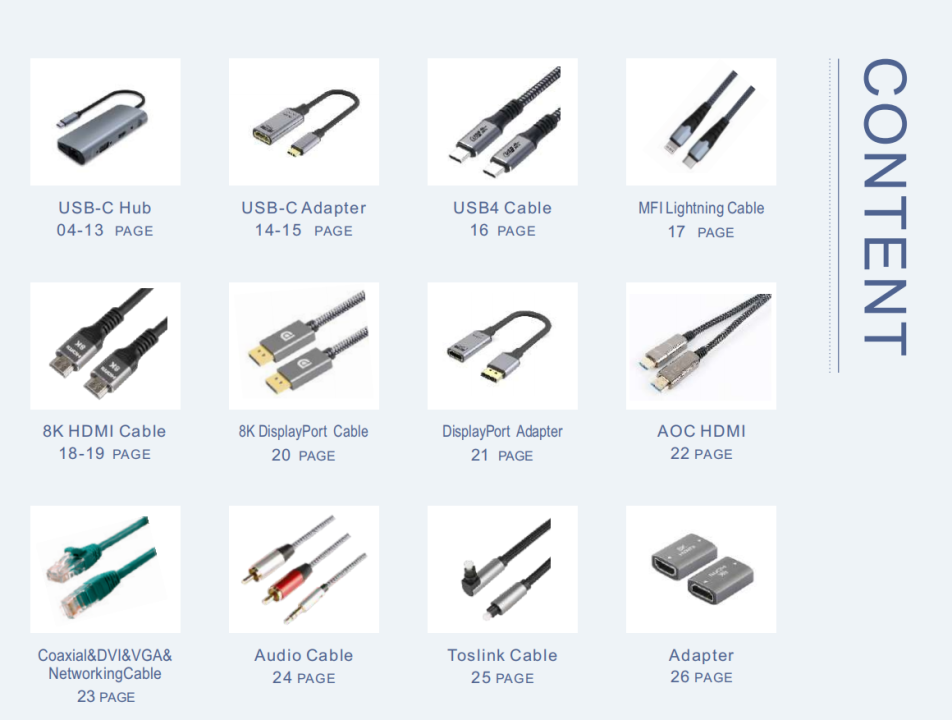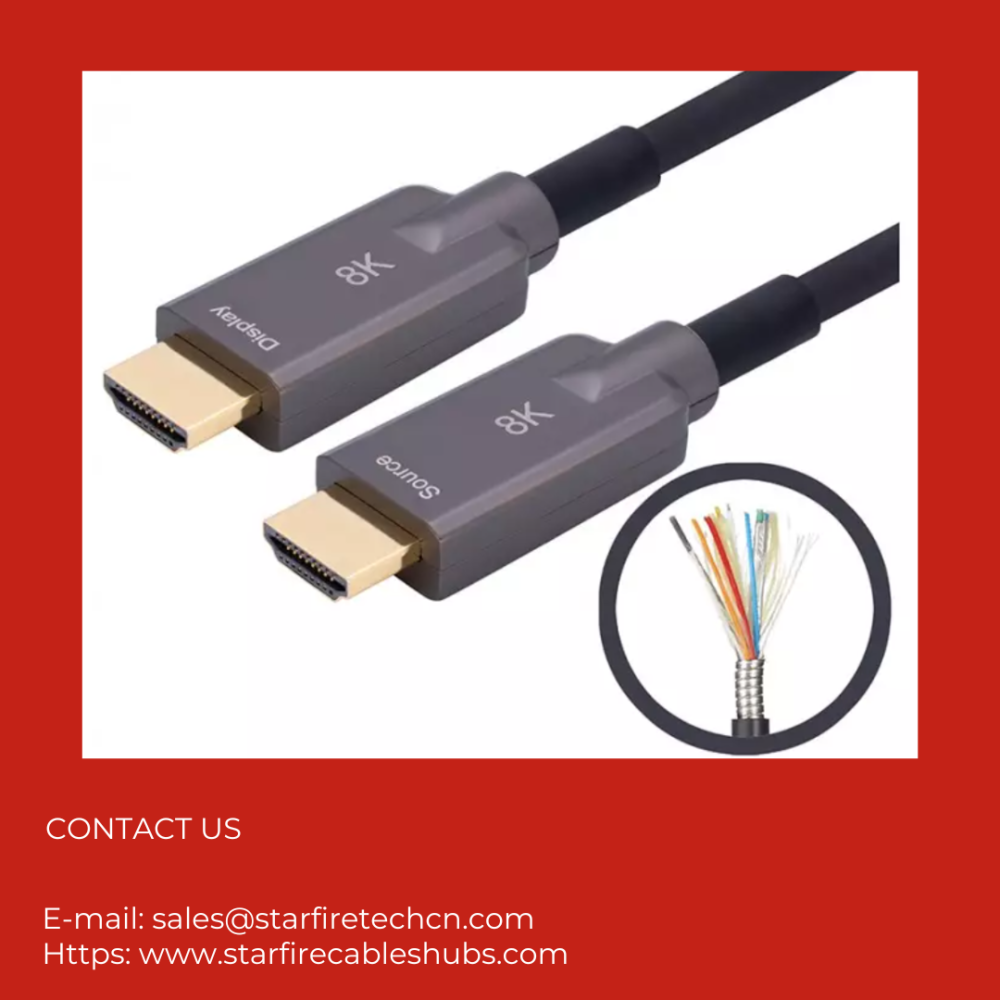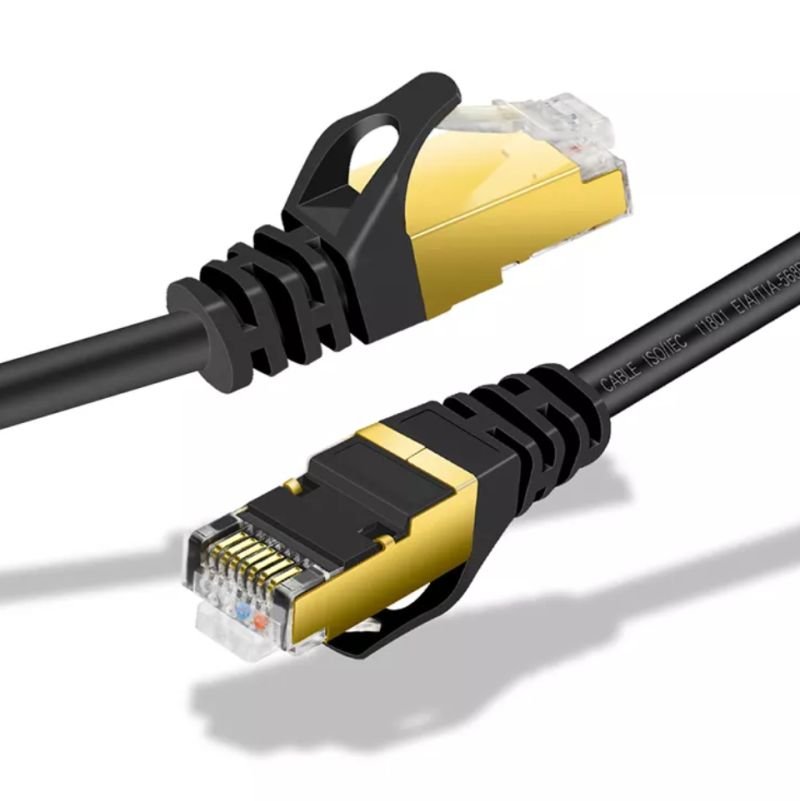Table Of Content
Table Of Content
The future of #copper cables in the next 5 to 10 years will likely continue to evolve as technology and industry trends progress. While copper cables have been a fundamental part of telecommunications and data transmission for many years, there are several factors to consider when thinking about their future:

- Data Speeds and Bandwidth: The demand for higher data speeds and increased bandwidth continues to grow with the proliferation of data-intensive applications, including 4K/8K video streaming, virtual reality, and the Internet of Things (IoT). Copper cables, such as Cat 6 and Cat 6a, have made significant advancements to support these requirements. The development of copper-based technologies, like G.fast for DSL, can provide faster broadband over existing copper infrastructure.

- Fiber Optics Competition: Fiber optic cables offer even higher data transmission speeds and lower latency than copper cables, and they are becoming more widely used for high-speed internet and data connections. In some areas, fiber optics have already replaced copper cables for last-mile connections. Copper’s future may be limited in certain applications where fiber optics offer a significant advantage.

- Industry Standards: Industry standards and regulations can play a significant role in the future of copper cables. As new standards are developed, copper cables may need to adapt to meet the evolving requirements, which could lead to improvements and innovations in copper-based technologies.
- Environmental Concerns: Copper mining and production have environmental impacts, and there is a growing emphasis on sustainability and reducing electronic waste. This could lead to increased interest in recycling and reusing copper cables and a push for more eco-friendly alternatives.
- Copper Price Volatility: The price of copper can fluctuate due to supply and demand factors. These fluctuations can affect the cost of manufacturing copper cables, potentially impacting their affordability and competitiveness.


In summary, copper cables are likely to remain a crucial component of communication and data transmission systems in the coming years. However, their role may evolve, with a focus on optimizing existing infrastructure, developing new copper-based technologies, and coexisting with fiber optics and other communication mediums to meet the growing demands of our connected world. The specific trajectory will depend on technological advancements, market trends, and regulatory developments over the next 5 to 10 years.

We STAR FIRE, are a professional connectivity solution| optical fiber communication solution manufacturing vendor and provider since 2006, We are and ISO/ BSCI certified company, HDMI Adopter, DP VESA Member, USB-IF member, IQC/ IPQC/ OQC/QA covering the whole quality control system, cooperated with many world-class brands since 2006, We are a reliable long-term partner.


For any product inquiry, Pls. kindly connect us at sales@starfiretechcn.com







